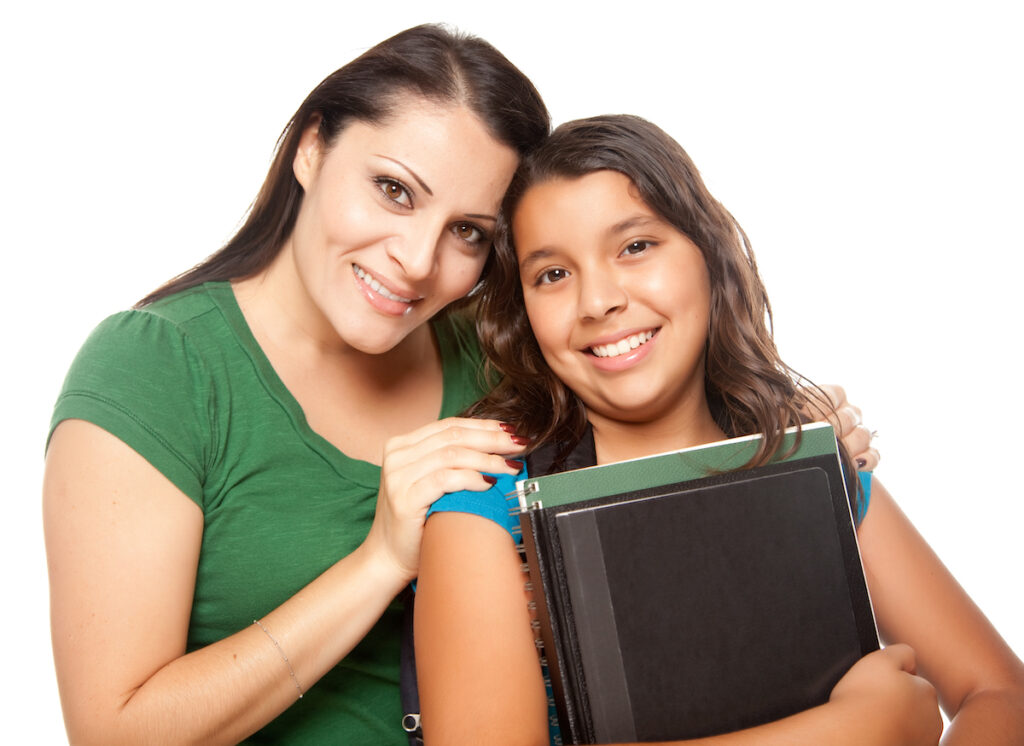
Learning how to resolve conflicts takes practice. Adults can be good role models of respectful conflict resolution by being calm, listening respectfully, brainstorming a compromise, and deciding on a solution.
Resolving conflicts respectfully is an important skill for kids and adults. Working through issues and finding solutions to challenges (at home, work, school, or in your community) takes practice.
Learning how to deal with problems in the comfort of your home is also the greatest place for kids to learn by trial and error. Remember, the best way to teach any skill is by showing, not telling. So, model each step below, and then rehearse it over and over until your child can do each step without you.Keep reinforcing a realistic approach to help your kids solve problems until they can confidently do so on their own. Finally, make sure you are modeling how to solve problems. Kids watch their parents’ conflict styles and copy them.
Each letter in the acronym S.T.A.N.D. represents one of the five steps in conflict resolution.
S – Stop and calm down. Keep emotions in check.
T – Tell what’s bugging you. Listen to each side. Stick to facts!
A – Assess alternatives. Brainstorm your options.
N – Narrow the choices to “win-wins”
D – Decide on the best one that you both agree upon -and do it!
The first step to solving problems peacefully — or conflict resolution — is teaching kids how to calm down and tune into their feelings. The reason is simple: it’s impossible to think about how to solve a problem if you’re upset. Once in control, you can begin to rationally figure out why you’re upset and then find an answer to your dilemma. So teach your kid to take a slow deep breath to calm down or walk away until he’s calm. If emotions are high between the two kids, do intervene: “I see two angry kids who need to calm down so they can figure out how to solve their problem.” Tip: You might need to separate the kids until their anger is under control.
The trick in this second step in conflict resolution is to teach and then enforce these two critical rules:
Next, kids need to think of alternatives so they have more ways to achieve conflict resolution. Whether your child is a preschooler or an adolescent, the basic rules of thinking of solutions (or brainstorming — or “storming your brain for ideas”) are the same:
Don’t offer your help unless kids really seem stuck! The only way they will develop the confidence to figure things out alone is if you let them. To keep kids focused, say they must come up with five (or two or three for younger kids) different solutions before you return. Then leave for a few minutes. Stretch the time depending on the children’s age and problem-solving skills.
Narrow the options down to a few choices. Hint: You will have to go through this a few times but the process is so important. These are the steps that teach decision-making — the same steps your tween or teen will need later to make good, wise, and safe choices alone.
Here are two rules to help kids get closer to resolving the problem:
The final step helps kids learn how to make the best decision by thinking through the consequences of their choices. You can teach kids to think about the consequence of their remaining choices by asking: “What might happen if you tried that?”
Another way to help kids decide on the best choice is by helping them weigh the pros and cons of each remaining possibility:
Once they decide, the two kids shake on the agreement or take turns saying, “I agree.” And then they must stick to that agreement. Yes, it will take time — so keep on. Remember, your real goal is to help your kids learn to act right and make safe, wise choices without you. So keep guiding your kids until they can do the steps– and then step back so they will.
From guest contributor Dr. Michele Borba
Michele Borba, Ed.D. is an internationally renowned consultant, educational psychologist, and recipient of the National Educator Award who has presented workshops to over a million participants worldwide. She is a recognized expert in parenting, bullying, youth violence, and character development and author of 22 books including UnSelfie: Why Empathetic Kids Succeed in Our All-About Me World, The 6Rs of Bullying Prevention: Best Proven Practices to Combat Cruelty and Build Respect, The Big Book of Parenting Solutions, and Building Moral Intelligence. She has appeared over 130 times on the TODAY show and is a frequent expert on national media including Dateline, The View, Dr. Oz, Anderson Cooper, CNN, Dr. Drew, and Dr. Phil. To book her for speaking or media even refer to her website: www.micheleborba.com. Follow her on Twitter @MicheleBorba.